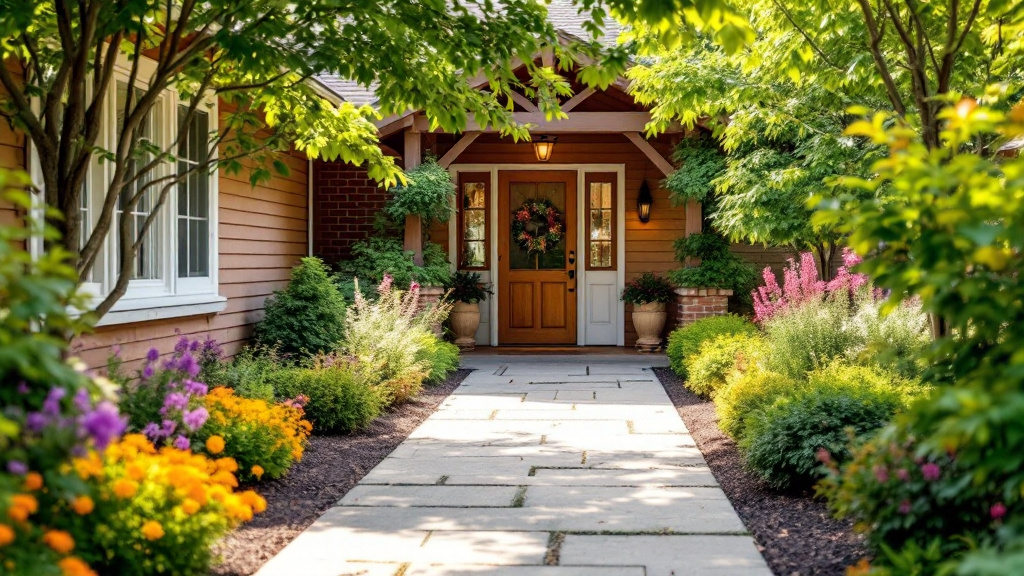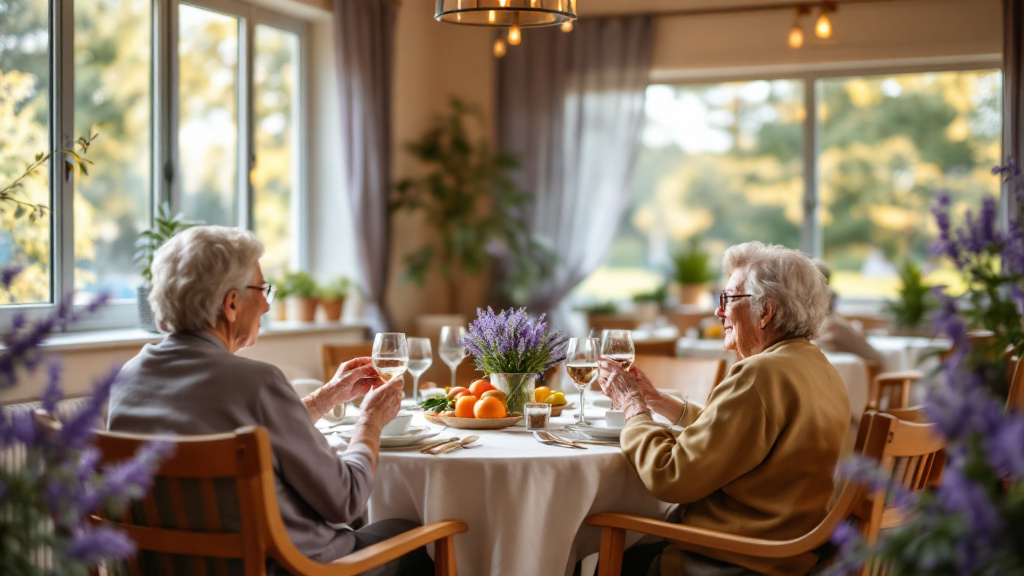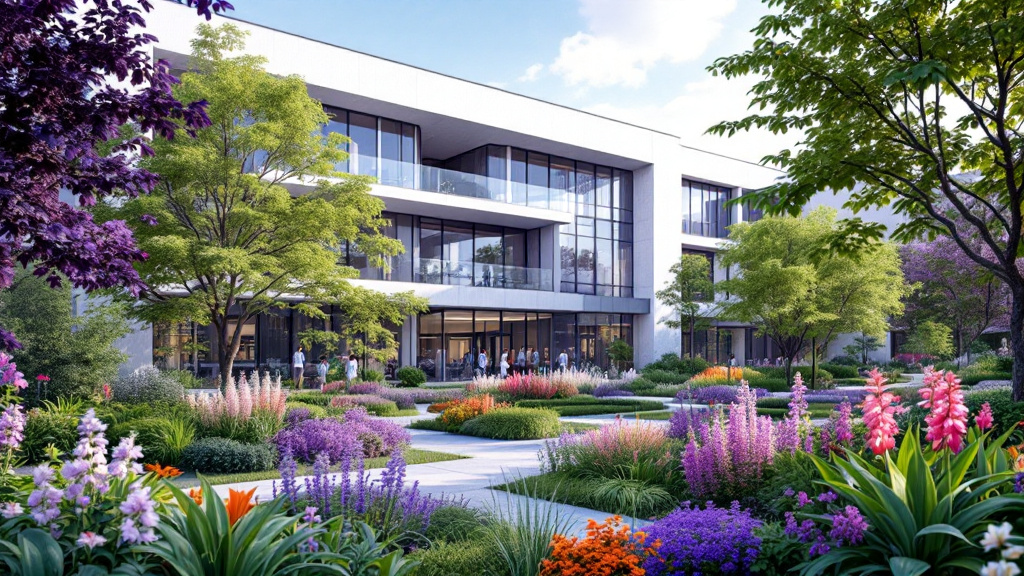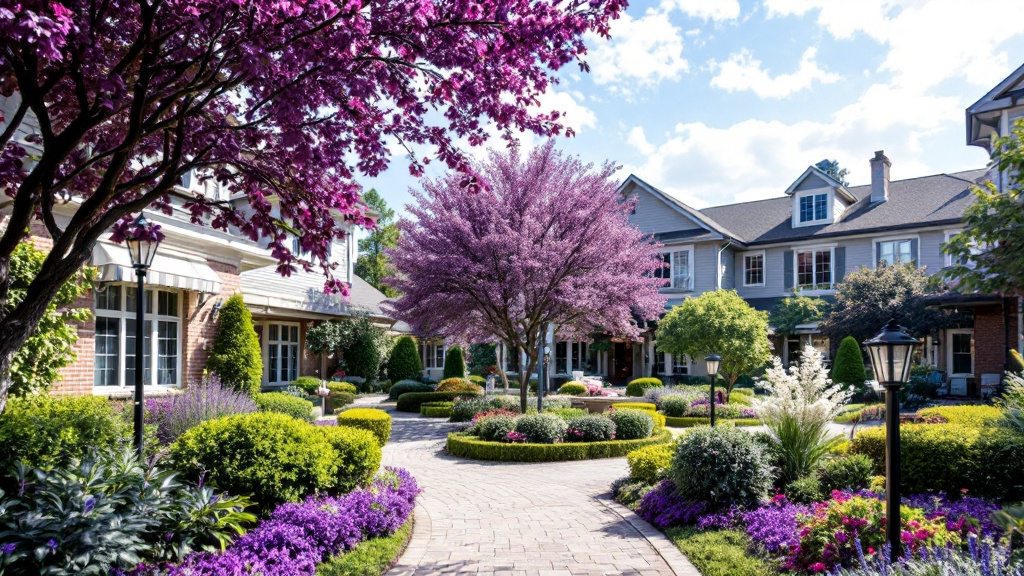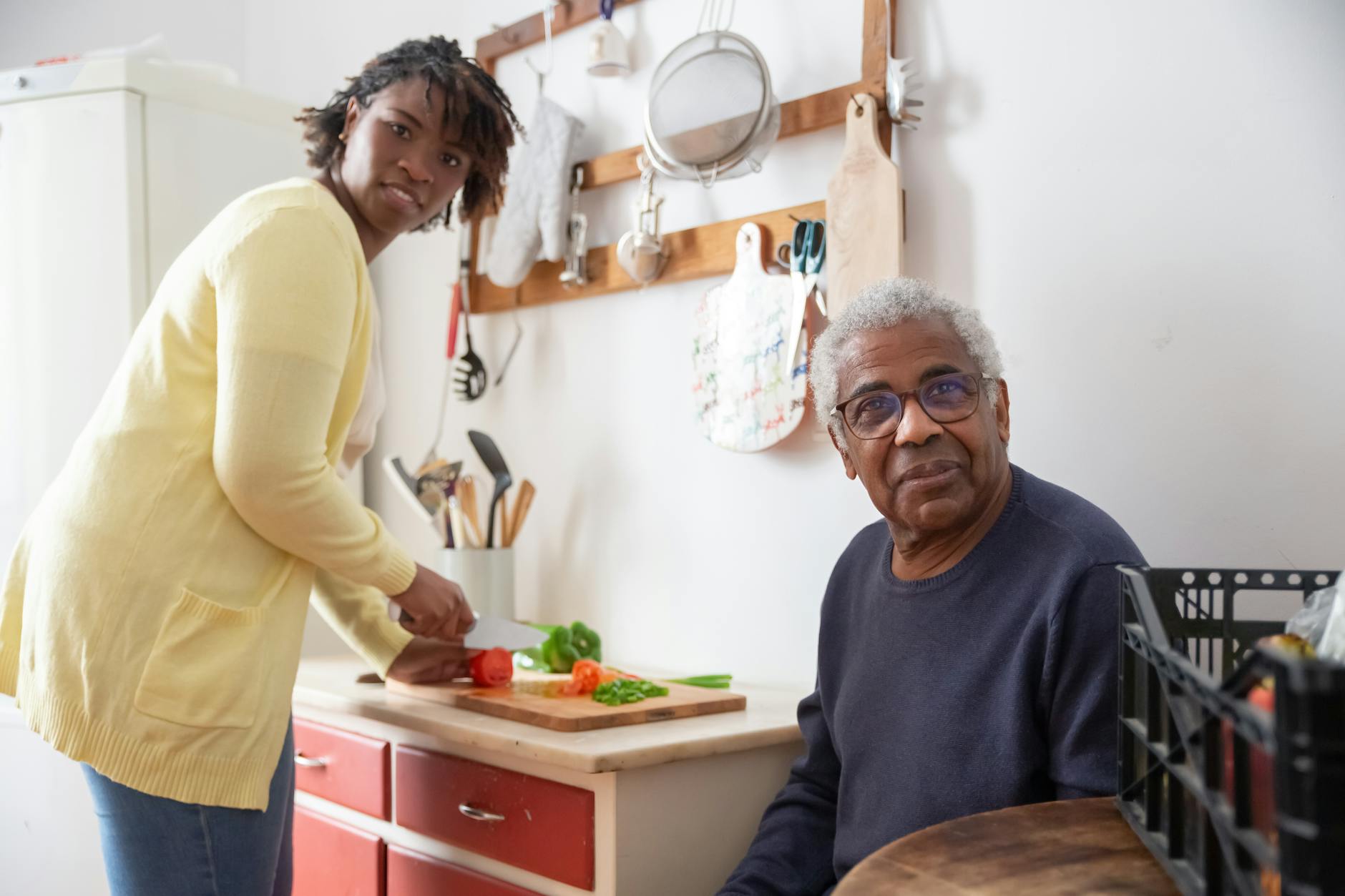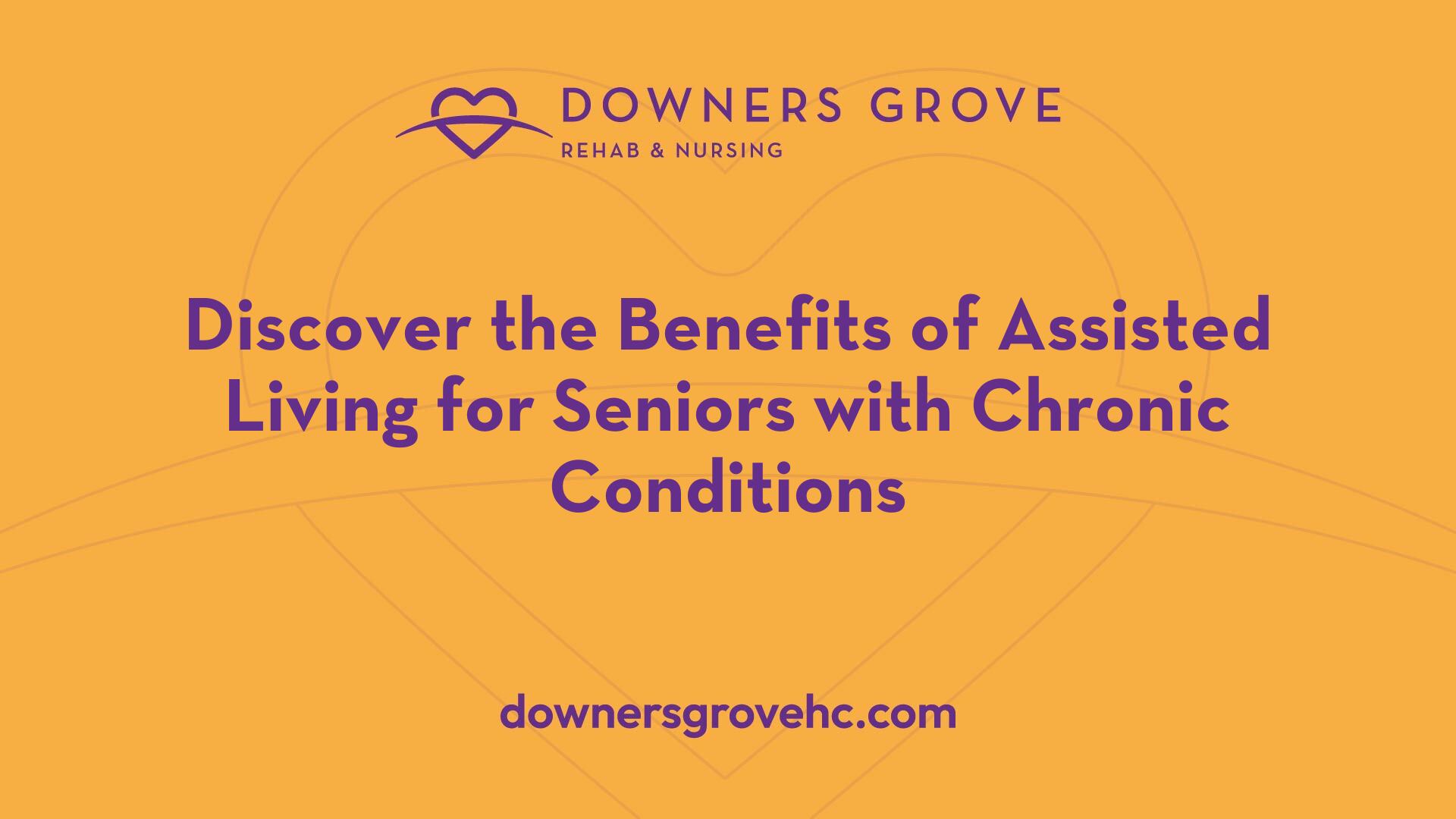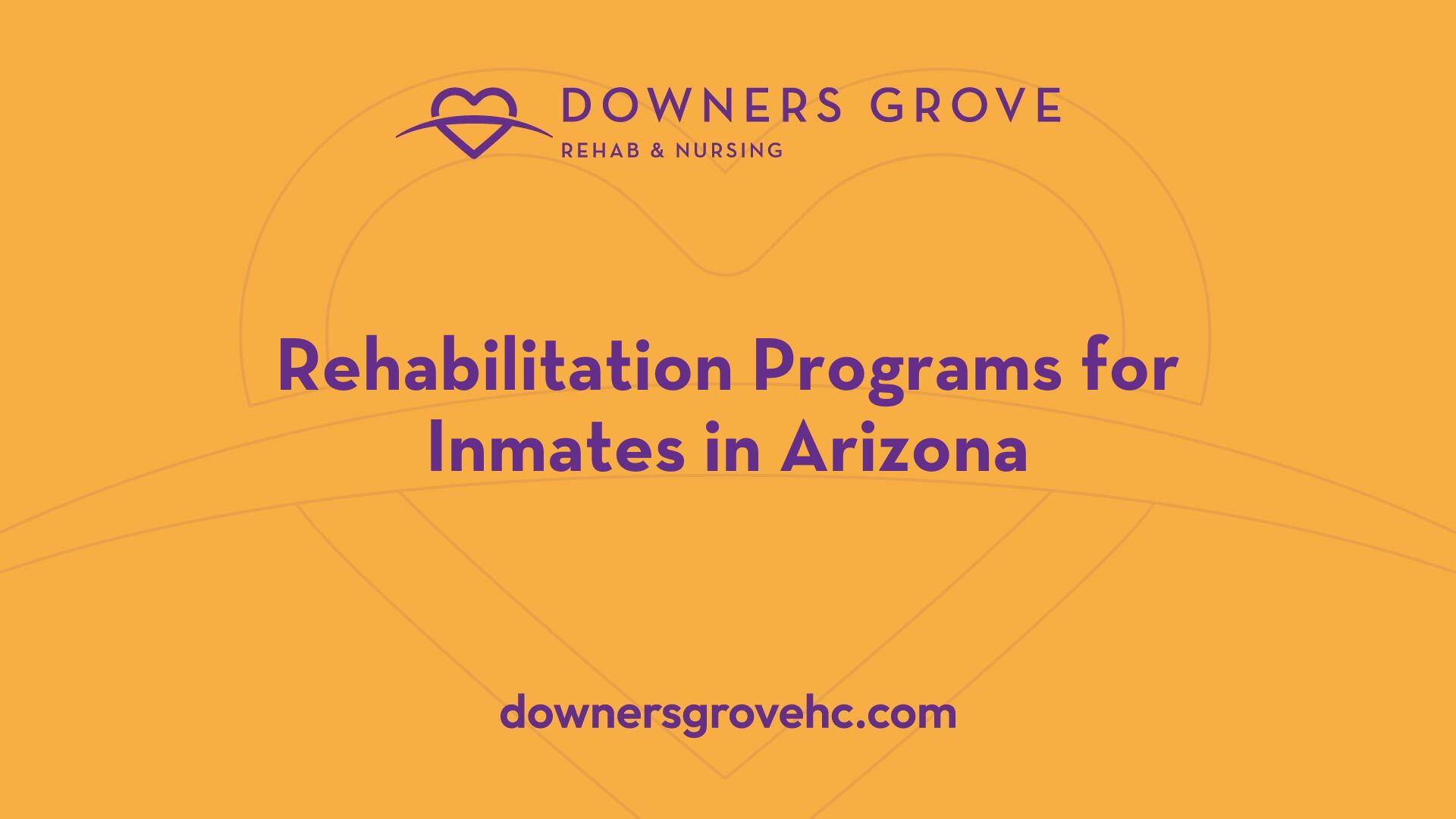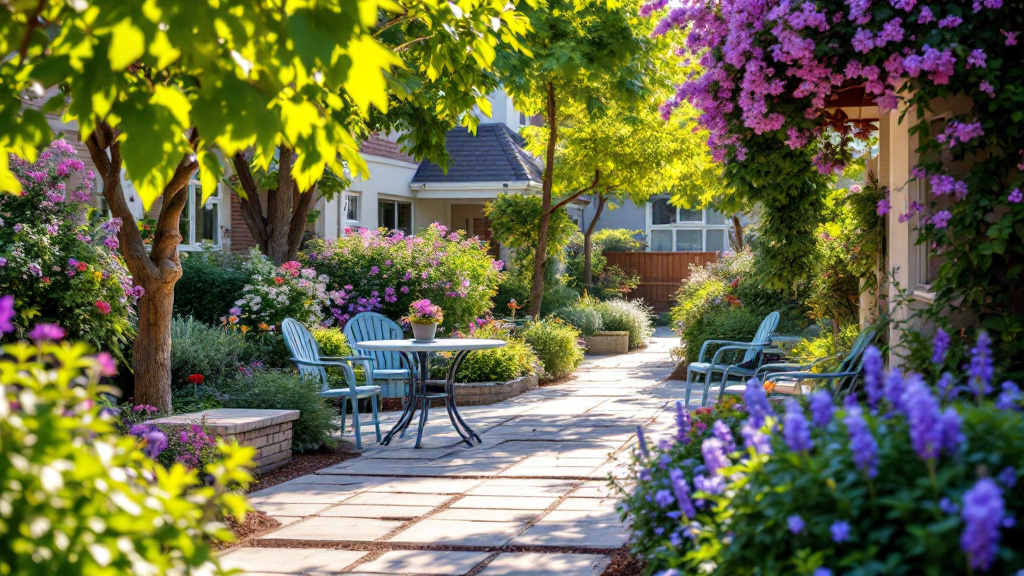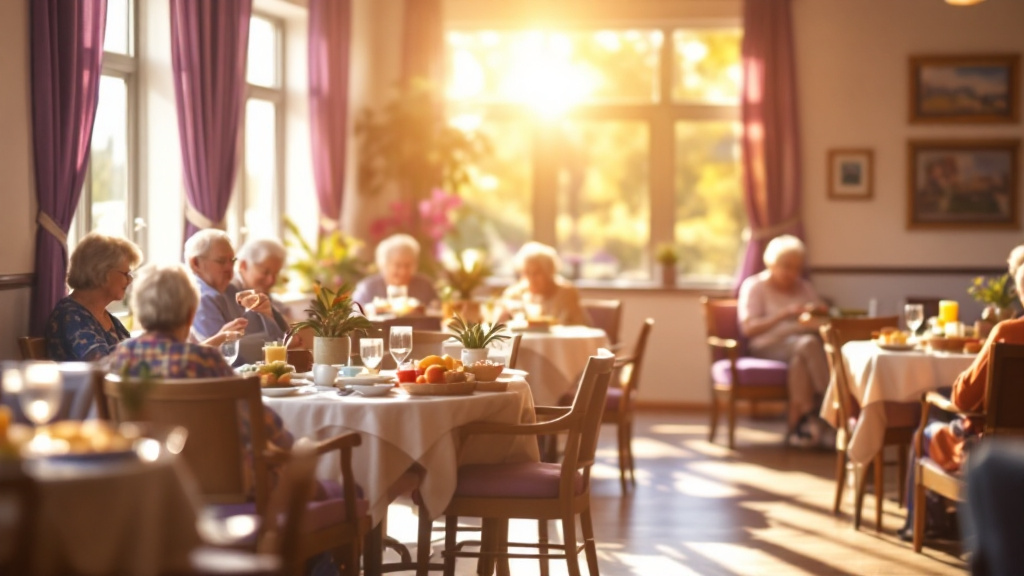Understanding Senior Diets
When it comes to senior independent living with meals, understanding senior diets is essential to ensure that residents receive the necessary nutrition to support their health and well-being. Senior diets often require specific considerations due to dietary restrictions and diverse health needs. In this section, we will explore catering to dietary restrictions and the special diets available in senior living.
Catering to Dietary Restrictions
Many seniors have specific dietary restrictions, such as lactose intolerance, gluten intolerance, and sensitivity to certain foods. These restrictions can impact their ability to consume certain ingredients or food groups. Fortunately, senior care facilities are well-equipped to accommodate these dietary restrictions and preferences.
By working closely with dieticians and nutritionists, senior living communities can design personalized meal plans that cater to individual dietary needs. This may involve substituting ingredients, modifying cooking techniques, or providing alternative menu options to ensure that residents can enjoy nutritious and delicious meals without compromising their health.
Special Diets in Senior Living
Senior living facilities offer a range of special diets to cater to the diverse health needs of their residents. These diets are designed to address specific medical conditions or dietary requirements. Some common special diets available in senior living include:
- Reduced-Sodium Diet: This diet restricts the intake of sodium to help manage conditions such as high blood pressure and heart disease.
- Diabetic Diet: A diabetic diet focuses on a balance of high-fiber carbohydrates, lean protein, and healthy fats to help maintain blood sugar levels in a safe range for individuals with diabetes.
- Renal Diet: The renal diet aims to manage kidney disease by regulating protein, sodium, and phosphorus intake.
- Plant-Based Diet: A plant-based diet emphasizes the consumption of fruits, vegetables, whole grains, legumes, and nuts while reducing or eliminating animal products.
- Texture-Modified Diet: This diet modifies the texture of foods to accommodate individuals with chewing or swallowing difficulties.
These special diets are carefully planned and monitored by nutritionists and dietary managers in senior living facilities. They ensure that residents receive the appropriate nutrients while adhering to their specific health needs [2].
To manage and track residents' dietary needs, senior living facilities often utilize electronic health records (EHRs). EHRs allow dietary managers and dieticians to access and update residents' diet details digitally, ensuring that they receive real-time alerts and reminders about any dietary restrictions or modifications.
Understanding and accommodating dietary restrictions and offering special diets in senior living communities are crucial steps in providing senior residents with the nutrition they need. By tailoring meal plans to individual requirements, seniors can enjoy delicious meals that meet their dietary needs, supporting their overall health and well-being.
Importance of Nutrition for Seniors
As individuals age, proper nutrition becomes increasingly important to maintain health and well-being. Seniors have unique nutritional needs, and understanding the impact of chronic diseases and the role of nutrition in supporting their well-being is crucial in senior independent living with meals.
Impact of Chronic Diseases
Chronic diseases, such as diabetes, respiratory conditions, and heart disease, are prevalent among seniors. According to the Centers for Disease Control and Prevention, approximately 86% of adults aged at least 65 years old have at least one chronic disease [2]. In fact, an estimated 29.2% of U.S. adults aged at least 65 years old have diabetes, with an additional 48.8% having prediabetes [2].
Proper nutrition plays a vital role in managing and preventing these chronic diseases. A well-balanced diet can help control blood sugar levels, maintain heart health, and support respiratory function. By addressing specific dietary needs, senior independent living communities can help residents better manage their chronic conditions and improve their overall quality of life.
Supporting Well-Being Through Nutrition
Nutrition is not only essential for managing chronic diseases but also for promoting overall well-being among seniors. Seniors have higher nutritional needs due to factors such as reduced activity levels, slower metabolism, and decreased nutrient absorption and utilization. Therefore, providing the right foods in the right variety is vital to keep seniors healthy and thriving.
A well-balanced diet rich in essential nutrients can help seniors maintain a healthy weight, support bone health, boost immune function, and improve cognitive function. By prioritizing nutrition in senior independent living with meals, seniors can experience improved energy levels, enhanced mental clarity, and better overall health.
It is worth noting that almost half of older Americans are malnourished, which puts them at an increased risk of various illnesses, including diabetes, heart disease, high blood pressure, and osteoporosis. By offering nutritious and delicious meal options, independent living communities can help combat malnutrition and ensure that seniors receive the nutrients they need to thrive.
By understanding the impact of chronic diseases and the importance of nutrition in supporting well-being, senior independent living communities can create meal plans and dining experiences that prioritize the specific nutritional needs of seniors. This holistic approach to nutrition can enhance the overall quality of life for seniors and contribute to their overall health and happiness.
Meal Options in Senior Living
When it comes to independent living for seniors, the availability of nutritious and delicious meal options is a key consideration. Senior living communities recognize the importance of providing residents with a variety of meal choices that cater to their individual preferences and dietary needs. Let's explore two important aspects of meal options in senior living: customized meal plans and dining choices/preferences.
Customized Meal Plans
Senior living communities understand that residents may have specific dietary restrictions or special health needs. To address these requirements, customized meal plans are offered, ensuring that residents receive meals that align with their individual dietary needs. Special diets available in senior living facilities may include reduced-sodium diet, diabetic diet, renal diet, plant-based diet, and texture-modified diet, among others. These tailored meal plans help residents maintain their health and well-being by providing them with the necessary nutrients while considering their specific dietary restrictions or preferences.
By utilizing electronic health records (EHRs), senior living facilities can efficiently manage and track residents' diet details digitally. This allows dietary managers and dieticians to receive real-time alerts and reminders about residents' dietary needs, ensuring that meal plans are consistently updated and catered to individual requirements [2].
Dining Choices and Preferences
The meal options in senior living communities go beyond customized meal plans. These communities strive to provide a dining experience that caters to the diverse preferences and lifestyles of their residents. Meal options can include home-cooked meals, meal delivery services, and communal dining experiences within the community.
In many senior living communities, chef-prepared meals are provided for breakfast, lunch, and dinner. These meals are designed to meet the nutritional needs of older adults, ensuring that they receive the proper nutrition they need to support their overall health and well-being. Moreover, shared dining hall meals offer a social connection and the opportunity for residents to engage with one another, fostering a sense of community and companionship.
By offering diverse dining choices and preferences, senior living communities aim to accommodate the unique needs and desires of their residents. This ensures that seniors can enjoy meals that are not only nutritious but also enjoyable, contributing to their overall satisfaction and culinary bliss in their independent living journey.
In senior independent living with meals, the focus is on providing residents with a range of meal options that are tailored to their dietary needs and preferences. By offering customized meal plans and diverse dining choices, senior living communities prioritize the well-being and satisfaction of their residents, ensuring that they can enjoy delectable meals as part of their independent living experience.
Nutritional Needs for Seniors
As individuals age, their nutritional needs may change, making it essential to understand the specific dietary requirements for seniors in independent living communities. This section will explore the essential nutrients and caloric requirements for seniors.
Essential Nutrients
Seniors require a diet rich in essential nutrients to support their overall health and well-being in senior independent living with meals [4]. While the exact nutrient needs may vary depending on individual factors, there are several key nutrients that seniors should focus on:
- Protein: Adequate protein intake is crucial for maintaining muscle mass and promoting tissue repair. Seniors should include protein-rich foods such as lean meats, poultry, fish, eggs, dairy products, legumes, and tofu in their meals.
- Fiber: High-fiber foods help support digestive health and prevent constipation. Seniors can incorporate fiber-rich foods like whole grains, fruits, vegetables, and legumes into their diet.
- Vitamins and Minerals: Seniors should ensure they consume a variety of fruits, vegetables, whole grains, and lean proteins to obtain essential vitamins and minerals. Foods rich in vitamins B-6, B-12, niacin (B-3), folic acid, and omega-3 fatty acids have been associated with potential benefits for memory disorders like dementia and Alzheimer’s disease.
Caloric Requirements in Aging
While seniors often require fewer calories due to decreased physical activity and metabolism as they age, it is still important to provide them with a diet that meets their nutritional needs [4]. The specific caloric requirements can vary depending on factors such as sex, activity level, and overall health. However, it is generally recommended that seniors focus on nutrient-dense foods to ensure they receive the necessary nutrients within their calorie intake.
Retirement communities typically provide meals that are low in saturated fats, moderate in unsaturated fats, and offer adequate portion sizes to promote a stable body mass index (BMI) and metabolism, helping older adults control their body weight [5]. It is important for seniors to work with healthcare professionals or registered dietitians to determine their specific caloric needs and develop personalized meal plans.
By prioritizing essential nutrients and considering appropriate caloric intake, seniors in independent living communities can maintain a healthy and well-balanced diet. Adequate nutrition plays a vital role in supporting overall health, preventing chronic diseases, and promoting well-being in senior independent living with meals.
Enhancing Dining Experience
To ensure a delightful dining experience in senior independent living communities, it's important to consider factors that can affect appetite and promote healthy eating habits.
Factors Affecting Appetite
Taste and smell disturbances can impact appetites in seniors, making managing special diet plans a challenge. Factors such as loss of taste buds, side effects of medications, and the progression of diseases can contribute to these disturbances. To enhance the dining experience, efforts should be made to make meals attractive and appealing. This can help trigger an important "cephalic phase response," which prepares the body for digestion and boosts appetite [6].
In senior independent living communities, successful management of special diet plans relies on excellent communication between dietary staff, the senior residents, and their medical providers. Family caregivers may also play a role in facilitating this communication to ensure the effectiveness of the special diet plan.
Promoting Healthy Eating Habits
Promoting healthy eating habits is essential for seniors in independent living communities. Understanding dietary restrictions and preferences, addressing the nutritional needs of seniors, and considering the cost and affordability of meal options are key factors in promoting overall well-being and enjoyment of meals [4].
To promote healthy eating habits, senior living communities should prioritize a well-balanced diet that includes all essential nutrients. This involves offering a variety of nutrient-dense foods that cater to individual dietary needs while considering any specific health conditions or restrictions. Providing options for customization and personalization of meals can empower seniors to make choices that align with their preferences and dietary requirements.
Furthermore, it's important to create a pleasant and inviting dining environment that encourages socialization and enjoyment of meals. This can be achieved through well-designed dining spaces, friendly and attentive staff, and opportunities for communal dining experiences. By fostering a positive atmosphere and incorporating activities related to food and nutrition, seniors can feel more engaged and motivated to maintain healthy eating habits.
In conclusion, enhancing the dining experience in senior independent living communities involves considering factors that affect appetite and promoting healthy eating habits. By addressing taste and smell disturbances, facilitating effective communication, and prioritizing well-balanced meals that meet individual nutritional needs, seniors can enjoy their dining experience and maintain overall well-being.
Independent Living Amenities
When considering senior independent living, it's important to explore the range of amenities available to enhance the overall quality of life for residents. Two key amenities that greatly contribute to the well-being and satisfaction of seniors in independent living communities are on-site dining services and health and wellness offerings.
On-Site Dining Services
Retirement communities and independent living communities recognize the importance of providing nutritious meals for their residents. On-site dining services ensure that older adults receive the proper nutrition they need while also offering a social connection during shared dining hall meals [5].
Residents of independent living communities have the convenience of chef-prepared meals for breakfast, lunch, and dinner. These communities often offer a variety of meal options, catering to different dietary preferences and restrictions. By providing on-site dining, residents can enjoy restaurant-style dining experiences without the need to cook every meal themselves. This not only saves time and effort but also fosters a sense of community during shared meals.
Health and Wellness Offerings
In addition to providing delicious and nutritious meals, independent living communities prioritize the health and well-being of their residents by offering a range of health and wellness offerings. These offerings may vary depending on the specific community, but commonly include on-site healthcare services, medication management, and access to healthcare professionals.
Having on-site healthcare services provides residents with convenient access to medical support, ensuring their health needs are met efficiently. This can include regular health check-ups, assistance with medication management, and coordination of healthcare appointments. The availability of healthcare professionals within the community offers peace of mind to residents and their families, knowing that help is readily available when needed.
Furthermore, independent living communities often provide various health and wellness programs and activities to promote physical fitness, mental well-being, and social engagement. These may include exercise classes, wellness seminars, social events, and recreational activities. By offering a comprehensive range of health and wellness offerings, independent living communities support residents in maintaining an active and fulfilling lifestyle.
In addition to on-site dining services and health and wellness offerings, independent living communities may provide other amenities such as housekeeping and maintenance services to ensure a well-maintained and comfortable living environment. These amenities collectively contribute to creating a vibrant and supportive community tailored to the unique needs and preferences of seniors.
By choosing a senior independent living community that offers on-site dining services and health and wellness offerings, older adults can enjoy a fulfilling and worry-free lifestyle. These amenities not only enhance their physical health but also foster a sense of belonging and community, promoting overall happiness and well-being.
References
[2]: https://www.forbes.com/health/senior-living/special-diets-in-senior-living/
[3]: https://www.seniorlifestyle.com/resources/blog/dining-at-a-senior-community/
[6]: https://www.arborcompany.com/blog/how-to-manage-a-special-diet-plan-in-a-senior-living-facility














